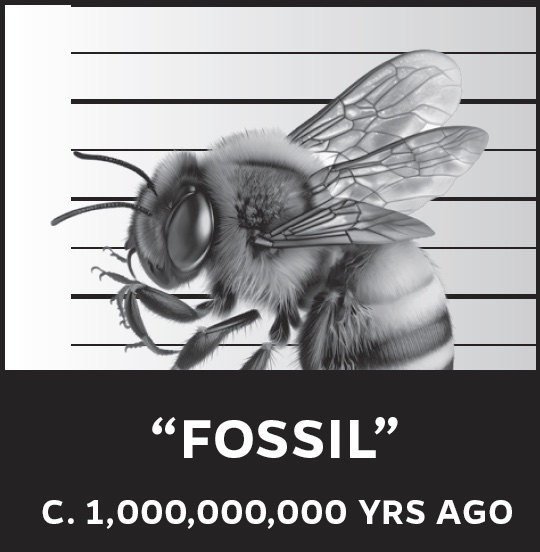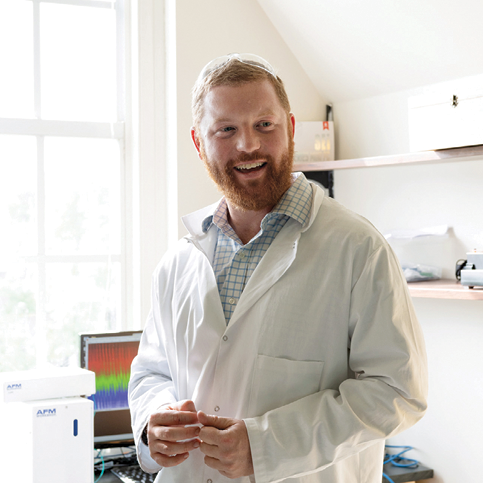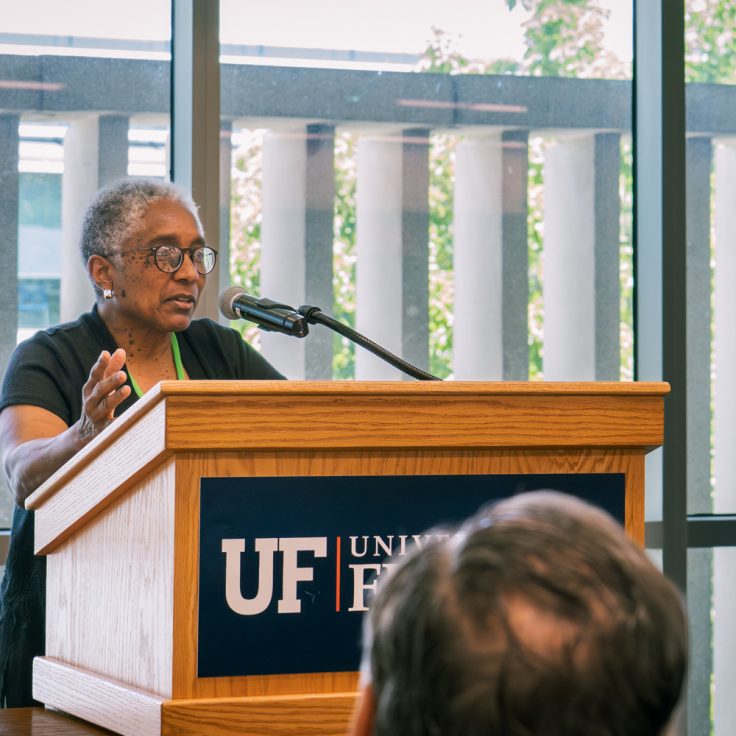Research Roundup
Faculty and researchers work to grasp a firmer understanding of the past, present and future of the world around us
SEA TURTLES BOUNCE BACK

Conservation efforts for the green sea turtle have begun to yield significant results, giving scientists a better look at the underwater ecosystems of the Caribbean. These turtles are integral to the region’s vast seagrass meadows, and their return in recent years has allowed these areas to thrive again.
ALEXANDRA GULICK, a postdoctoral associate in the Department of Biology, published findings in Ecosphere that sea turtles follow a fixed routine, often returning to the same areas over time to feed. In response to the turtles’ routine feeding, the seagrass will grow denser and shorter, leading to significant changes in the underwater landscape.
“Our findings provide important insight for understanding grazing dynamics and sustainability in seagrass ecosystems and valuable tools for developing effective conservation methods for both turtles and seagrasses,” Gulick said.
BEES COMMIT IDENTITY THEFT

A fossil in India that was once believed to be a specimen of a primitive animal called Dickinsonia has recently been revealed to be nothing more than a decaying beehive anchored to a rock. This discovery is more significant than it appears at face value, as the original discovery of the “fossil” allowed scientists to assign a rough age to the cave where the rock was found, and this age was then extrapolated to obtain a rough estimate of the entire subcontinent’s age. With this revelation, the entire history of the subcontinent must be rewritten.
Professor of Geological Sciences JOSEPH MEERT, who had become an expert on the area’s geology, was among the team who made this discovery, helping establish a new age estimate of the cave and area around it. New estimates suggest that the rocks in the area could date back about 1 billion years, but results have varied.
Story first reported by UF News. (opens in new tab)
A NEW DIMENSION FOR CARBON

Carbon is an incredibly versatile element with valuable properties like thermal and electrical conduction, durability, and fire resistance. It takes various natural forms, most notably diamonds and graphite, but in recent years new forms have been created in labs, like graphene in the 2000s. Thanks to a team of 25 researchers from nationwide institutions, including UF chemist AUSTIN M. EVANS, another new form, or allotrope, has been discovered that opens up new possibilities for the element.
While other allotropes of carbon are rigid in their dimensionality, the new allotrope, called graphullerene, combines two-dimensional and zero-dimensional elements to create sheets that are less rigid. In addition, graphullerene is both thermally conductive and electrically insulating, making it ideal for the development of miniaturized electronic devices — and possibly emerging quantum devices.
A BLACK HOLE DANCE

Black holes have been a focus of astronomical research for decades, and thanks to a recent study co-authored by astrophysicist LAURA BLECHA, we are one step closer to understanding their complexities. About 500 million light-years from Earth, a pair of galaxies are merging. Within those galaxies are two black holes a mere 750 light-years apart, the closest we’ve ever seen two black holes together. Their proximity has caused noticeable “ripples” in spacetime, allowing scientists to observe parts of the universe previously invisible.
“These objects are millions to billions of times the mass of the sun, and when two of them come together and merge, they create extremely powerful ripples in the fabric of spacetime that can be detected across most of the observable universe,” Blecha said.
Researchers hope to use this information to better understand how black holes form and evolve, untangling another long-standing mystery of the universe.
Discover more of the college’s exciting new research developments here. (opens in new tab)


